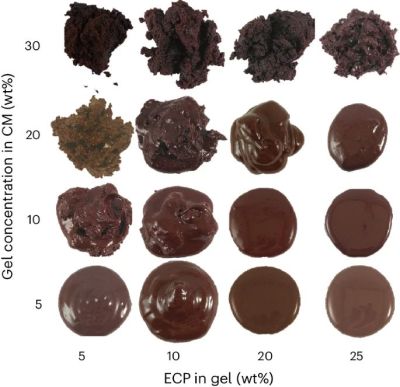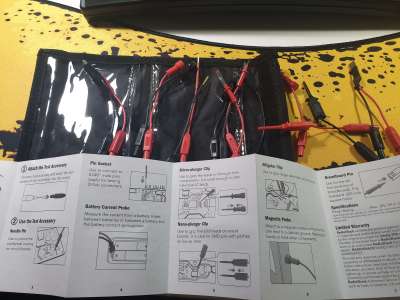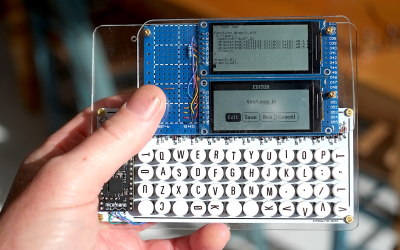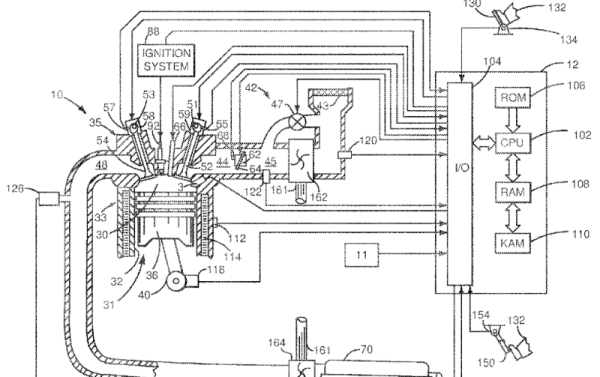
It’s hard to imagine a world without chocolate, and yet it is undeniable that there are problems associated both with its manufacturing and its consumption. Much of this is due to the addition of sugar, as well as the discarding of a significant part of the cacao pod, which harbors the pulp and seeds. According to a study by [Kim Mishra] and colleagues in Nature Food, it might be possible to ditch the sugar and instead use a mixture of cacao pulp juice (CPJC) and endocarp powder (ECP), which are turned into a sweetening gel.
This gel replaces the combination of sugar with an emulsifier (lecithin or something similar) in current chocolate while effectively using all of the cacao pod except for the husk. A lab ran a small-scale production, with two different types of whole-fruit chocolate produced, each with a different level of sweetness, and given to volunteers for sampling. Samples had various ECP ratios in the gel and gel ratios in the chocolate mixture with the cacao mass (CM).
With too much of either, the chocolate becomes crumbly, while with too little, no solid chocolate forms. Eventually, they identified a happy set of ratios, leading to the taste test, which got an overall good score in terms of chocolate taste and sweetness. In addition to being able to skip the refined sugar addition, this manufacturing method also cuts out a whole supply chain while adding significantly more fiber to chocolate. One gotcha here is that this study focused on dark chocolate, but then some chocolate fans would argue vehemently that anything below 50% cacao doesn’t qualify as chocolate anymore, while others scoff at anything below 75%.
Matters of taste aside, this study shows a promising way to make our regular chocolate treat that much healthier and potentially greener. Of course, we want to know how it will print. Barring that, maybe how it engraves.




















